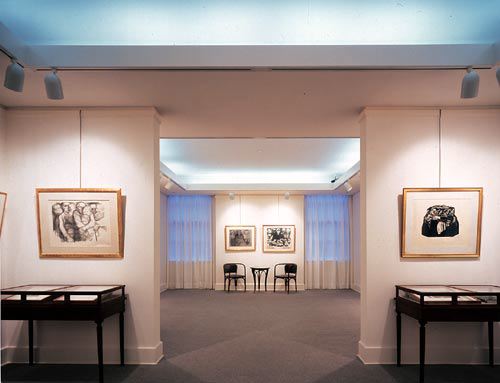[ad_1]

Galerie St. Etienne.
COURTESY GALERIE ST. ETIENNE
One of New York’s oldest and most iconic galleries won’t be commercial anymore.
Galerie St. Etienne, a gallery in Manhattan’s Midtown neighborhood that has regularly mounted shows of Austrian and German Expressionism and work by self-taught artists, will become a nonprofit, according to a New York Times report. By the end of 2020, the gallery will become a foundation that will sustain itself through grant money and an endowment.
For Jane Kallir, Galerie St. Etienne’s director, the gallery’s transition came out of an understanding that the system had changed—whereas it was once common for galleries to support the artists they showed with scholarly essays, books, and exhibitions, that’s rarely the case anymore. “We came to a fork in the road—either pursue scholarship or commerce,” she said. “The two don’t work in tandem the way they once did.”
It’s not the only major change the gallery has weathered over the past year. Hildegard Bachert, a longtime dealer at the gallery, died earlier this year at age 98. Bachert had been working at the gallery since 1940 after meeting Otto Kallir, Galerie St. Etienne’s founder and Jane’s grandfather. At Galerie St. Etienne, Bachert mounted formative exhibitions, including the first-ever Grandma Moses solo exhibition. When Otto died in 1978, she became the gallery’s co-director.
Founded in 1923, the gallery went on to mount shows of under-recognized artists, including Paula Modersohn-Becker (the Museum of Modern Art is now showing one of her self-portraits), Käthe Kollwitz, and Sue Coe. Jane Kallir also previously founded the Kallir Research Institute, which oversaw the digitization of an Egon Schiele catalogue raisonné.
[ad_2]
Source link

